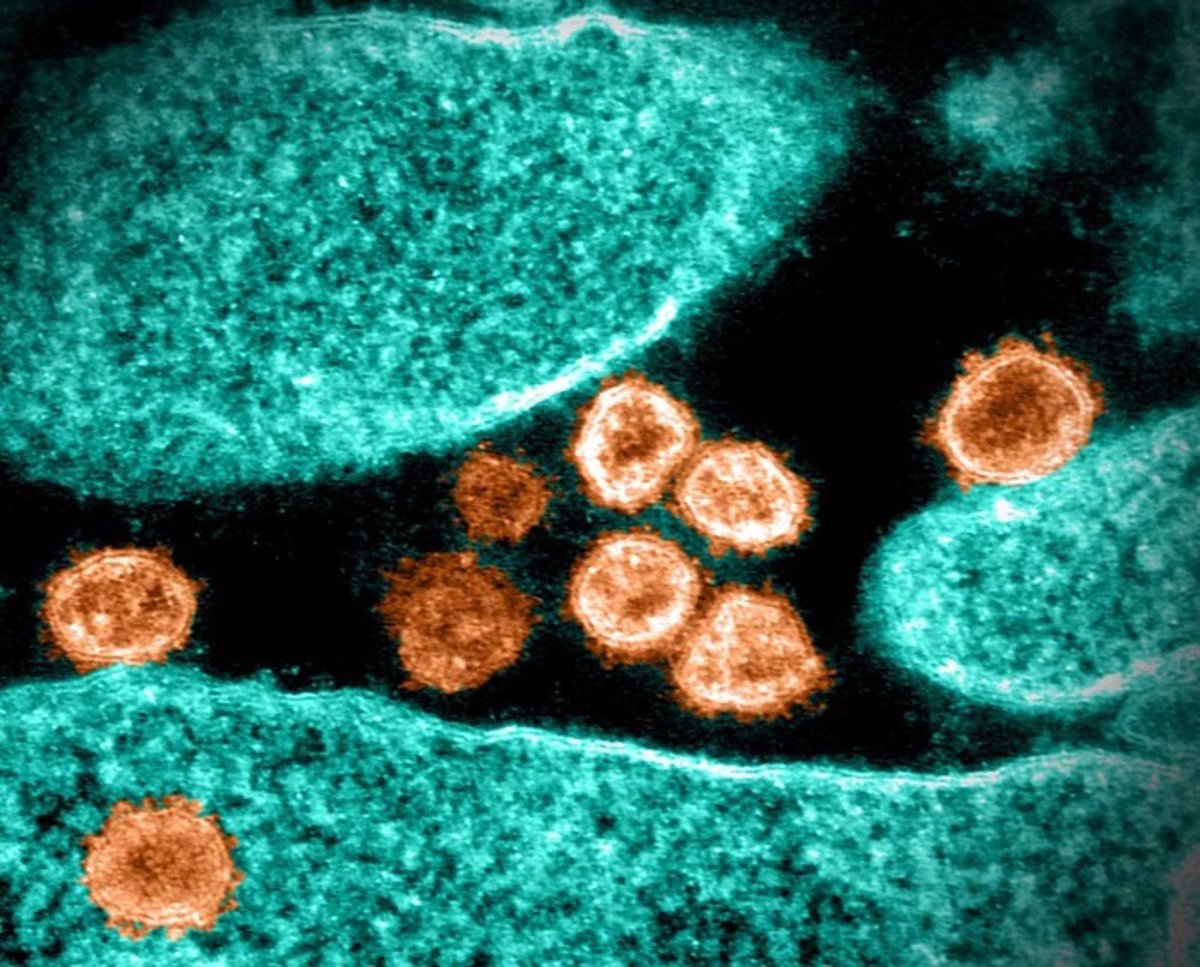MADRID, 1 Jun. (EUROPA PRESS) –
A study funded by the US National Institutes of Health (NIH) has found that people with food allergies are less likely to be infected with SARS-CoV-2, the virus that causes COVID-19 .
Additionally, while previous research identified obesity as a risk factor for severe COVID-19, the new study has identified obesity and high body mass index (BMI) as also associated with increased risk of infection. Instead, the study found that asthma does not increase the risk of SARS-CoV-2 infection.
The study, published in the Journal of Allergy and Clinical Immunology, also found that children aged 12 and under are just as likely to be infected with the virus as adolescents and adults, but 75 percent of infections in children are asymptomatic. In addition, the study confirmed that SARS-CoV-2 transmission within households with children is high.
“The results underscore the importance of vaccinating children and applying other public health measures to prevent them from becoming infected with SARS-CoV-2, thus protecting both children and vulnerable household members from the virus.” commented Dr. Anthony S. Fauci, senior medical adviser to the White House and director of the National Institute of Allergy and Infectious Diseases of the United States (NIAID, for its acronym in English).
The team of researchers tracked SARS-CoV-2 infection in more than 4,000 people from nearly 1,400 households that included at least one person aged 21 or younger. This surveillance was conducted in 12 US cities between May 2020 and February 2021, before the widespread rollout of COVID-19 vaccines among non-healthcare workers and before the widespread emergence of variants.
About half of the participating children, adolescents, and adults had self-reported food allergies, asthma, eczema, or allergic rhinitis.
A caregiver from each household took nasal swabs from the participants every two weeks to test for SARS-CoV-2 and filled out weekly surveys. If a family member had symptoms consistent with COVID-19, more nasal swabs were taken. Blood samples were also collected periodically and after the first illness declared by the family, if any.
When the study began, preliminary evidence from other research suggested that having an allergic disease might reduce a person’s susceptibility to SARS-CoV-2 infection.
The researchers found that having a self-reported, doctor-diagnosed food allergy cut the risk of infection in half, but asthma and the other controlled allergic diseases (eczema and allergic rhinitis) were not associated with a lower risk of infection. However, participants who reported food allergies were allergic to three times as many allergens as participants who did not report food allergies.
Since all of these conditions were self-reported, the study team analyzed the levels of specific immunoglobulin E (IgE) antibodies, which play a key role in allergic diseases, in blood collected from a subset of participants.
According to the researchers, the correspondence between self-reported food allergy and food allergen-specific IgE measurements supports the accuracy of self-reported food allergy among participants.
–
The researchers speculate that type 2 inflammation, characteristic of allergic conditions, may reduce levels of a protein called the ACE2 receptor on the surface of airway cells.
SARS-CoV-2 uses this receptor to enter cells, so its scarcity could limit the ability of the virus to infect them. Differences in risk behaviors among people with food allergies, such as eating in restaurants less frequently, could also explain this group’s lower risk of infection.
However, through biweekly assessments, the study team found that households with food-allergic participants had only slightly lower community exposure levels than other households.
Previous studies have shown that obesity is a risk factor for severe COVID-19. In the study, the researchers found a strong and linear relationship between BMI and the risk of SARS-CoV-2 infection. Each 10-point increase in the BMI percentile increased the risk of infection by 9 percent.
Participants who were overweight or obese had a 41 percent higher risk of infection than those who were not. More research is needed to explain these results. In this regard, planned analyzes of gene expression in cells collected from participants’ nasal swabs before and after SARS-CoV-2 infection may provide clues about the infection-associated inflammatory milieu, which may change. as the BMI increases.
The researchers found that children, adolescents and adults in the study had about a 14 percent chance of becoming infected with SARS-CoV-2 during the six-month surveillance period. Infections were asymptomatic in 75 percent of children, 59 percent of adolescents and 38 percent of adults. In 58 percent of participating households where one person became infected, SARS-CoV-2 was transmitted to multiple household members.
The amount of SARS-CoV-2 found in the nasal swabs, that is, the viral load, varied widely among study participants in all age groups. The range of viral load among infected children was comparable to that of adolescents and adults.
Given the rate of asymptomatic infection in children, the researchers note that “it is possible” that a higher proportion of children infected with high viral loads are asymptomatic compared to adults infected with high viral loads.
Thus, the researchers concluded that young children may be very efficient transmitters of SARS-CoV-2 within the household due to their high rate of asymptomatic infection, their potentially high viral load, and their close physical interaction with family members. the family.
–

